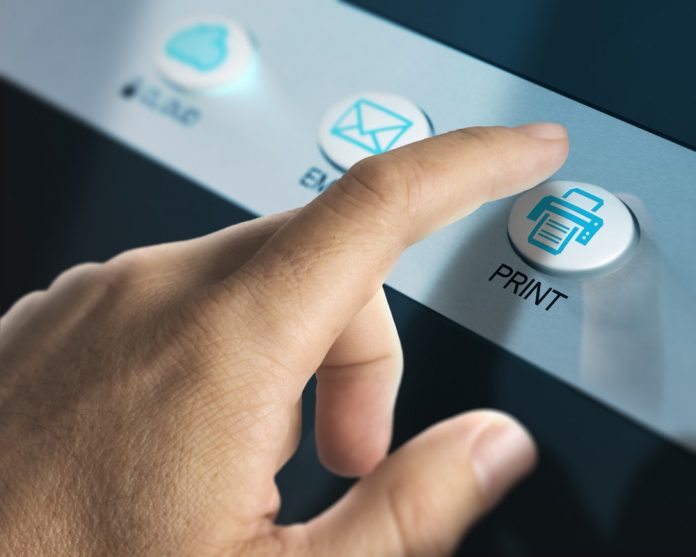By Eileen O’Shanassy
Print Server vs. Direct IP Printing
Running a printing business is a challenging task. Your clients don’t care how you produce the required print-outs; they want them printed to the required quality and quantity, colors, and design. There are various ways of creating 3D parts, but before that, lets first compare the two types of print management software systems.
Print software management is challenging and configuring your business’ printing environment is often a headache. Administrators are often puzzled on whether to employ the print servers or Direct IP printing. Whichever you choose, there are advantages and drawbacks.
Print servers are helpful in many ways: managing printers from a central site, useful print settings, and driver management, and print auditing. On the other hand, Direct IP printing is effective in alleviating printing failures. Each computer has its settings, driver, and low production cost.
Top Printing Technologies for Your Business
Printing can be done through various means. However, to maximize your budget, here are four printing technologies you should understand. Understand though, that 3D printing isn’t for most business, try to consult your employees and see if they need them. These printers are specifically useful for architects, fabricators, specialty building, and education among other occupations.
1. Selective Laser Sintering (SLS)
Created as an Additive Manufacturing technology, SLS utilizes high power laser to fuse small particle of polymer powder into a solid structure depending on the 3D model. This 3D printing technology has been preferred by engineers for decades due to its low cost per component, high productivity, as well as advanced printing materials. That makes them ideal for application of different functions from prototyping to batch manufacturing.
2. Stereolithography (SLA)
Stereolithography utilizes 3D CAD data to accurately create parts through the conversion of liquid plastic into 3D pieces by use of an ultraviolet laser. The parts are produced through layers with each layer added on top of the other until the entire piece is complete. Once completed, the SLA part undergoes cleaning to remove any resins and then curated in a UV oven.
3. Fused Deposition Modeling (FDM)
The printing equipment used in FDM setup utilizes a molten thermoplastic filament to create 3D parts. Other printing companies use the same technology but under a different name.
4. Multijet Printing (MJP)
MJP is a printing procedure that uses piezo printhead technology to deposit or cast layers photocurable plastic resins to produce parts, molds, or patterns in a highly detailed form for various applications
There are many sorts of 3D printing technology. However, when deciding on what technology to use, it is also critical to match top-notch technology with quality materials. That ensures the production of quality parts for consumer satisfaction.
References:
- Print Servers Versus Direct IP Printing: The Good, Bad and the Opportunity | The Imaging Channel
- The Power of a 3D Printer | SmallBizDaily
- What is Stereolithography (SLA)? | 3D Systems
- Print Server vs. Direct IP Printing | PrinterLogic
Eileen O’Shanassy is a freelance writer and blogger based out of Flagstaff, AZ. She writes on a variety of topics and loves to research and write. She enjoys baking, biking, and kayaking. Check out her Twitter @eileenoshanassy.
Print button stock photo by Olivier Le Moal/Shutterstock







